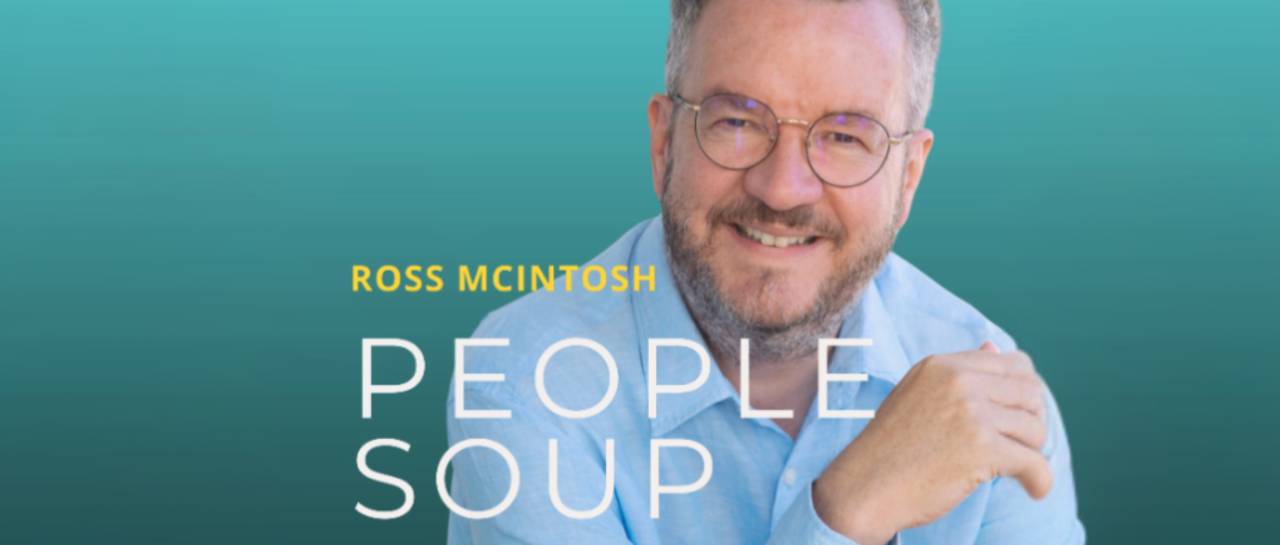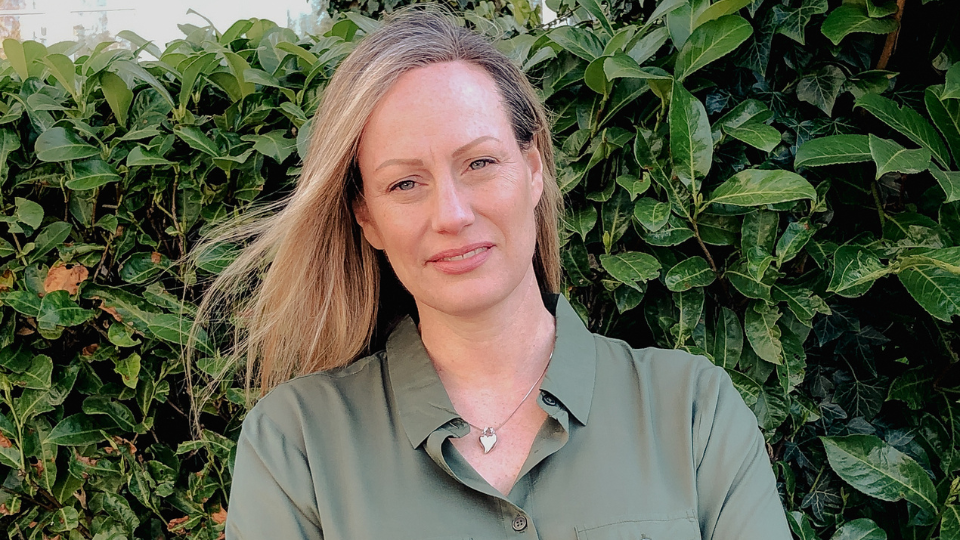Article based on webinar delivered in February 2024 – ‘How behavioural science can support the cultivation of authentic leadership.’ Author: Ross McIntosh In this article I’ll present my conceptualisation of the skills from Acceptance and Commitment Therapy (ACT) to support leaders in the development of…

Authored by Dr Jan Maskell, CPsychol MCIPD PIEMA
Business Psychologists are engaged across the employee lifecycle – from selection and assessment, through learning and development and performance management, to leadership development and well-being at work. This range of activities means that Business Psychologists are connected with employees at many touch points, with the opportunity to influence at all levels and therefore to integrate environmental sustainability in the diversity of issues they implement.
Barriers to Climate Action
As psychologists it is initially worth considering what some of the psychological barriers are to climate action within organisations:
- Cognitive dissonance (Festinger, 1957)
This could be the feeling that although people recognise that climate change is happening now they should be doing something to tackle it, but they or their organisation are not doing anything. In order to address this dissonance, they need, preferably, to do something about it, or they need to look for evidence that climate change is not happening.
- Proportionality bias (Brotherton, 2017)
This is the belief that big things like climate change must have big causes, and if this is not clear – it can be difficult to see the connection – then this can lead to a type of cognitive bias that plays an important role in some people’s tendency to accept conspiracy theories, e.g., climate change is a hoax.
- Dragons of inaction (Gifford, 2021)
So far there are 36 known species of dragons and 7 Dragon Genera (Limited cognition. Ideologies, Comparisons with others, Sunk costs, Discredence, Perceived risks, and Limited behaviour). These are shown in some of the reasons individuals and managers give for now taking action, such as ‘Technology can save us’, ‘But everyone else flies’, ‘ Electric cars don’t have the range’.
Strategies for slaying dragons…
Gifford (2013) identified five strategies for slaying the dragons
- gaining a better understanding of the barriers that different groups of people face
- educating people about the differential efficacy of pro-environmental actions
- improving education about climate change and communicating the problem more effectively
- designing, implementing, and evaluating more effective interventions
- working with other experts and policy makers
These are all areas where Business Psychologists can work with organisations to enable climate action.
Enablers of climate action
- Risks
It is important that everyone understands the extent of the risks of climate change on both individuals and organisations. The World Economic Forum publishes an annual report on global economic, financial, health, environmental and technological risks (WEF, 2023). In 2023 environmental issues dominated top risks (by impact, long term). Climate change risks to organisations need to be considered alongside strategies to both mitigate and adapt.
- Integrating climate action into existing organisational methods
Given the range of activities and interventions Business Psychologists implement in organisations, it is more effective to integrate environmental sustainability into existing methods wherever possible rather than introduce something new – with the inevitable issues around change that would ensue. An example of this is how ‘green’ competencies for all roles can be included in existing competency frameworks. These would then be used in the areas of leadership, Organisational Development, learning and performance management.
Similarly, climate action issues can be integrated into the content of all Learning and Development activities, for example Induction, Health and Safety, and coaching. The process of delivery of L&D is also a consideration – what is the impact of face-to-face events versus on-line training?
- Climate Action and behaviour change
Business Psychologists can be experts in enabling behaviour change in organisations and the same principles can be applied to pro-environmental and climate action behaviours. One of the most effective models for this is Michie et al’s (2014) Behaviour Change Wheel. This is a comprehensive model which has at its heart the COM-B structure – Capabiity, Opportunity and Motivation as the drivers for behaviour. So, if we can identify what the barriers and enablers are in terms of capability (psychological and physical), opportunity (physical and social environment), and motivation (reflective and automatic), then appropriate interventions can be developed. The wheel also identifies 9 possible intervention functions from education to modelling, and 7 potential policy categories, including communication and guidelines. The appropriate application of these three elements of the wheel can define an effective intervention, rather than applying something that has worked elsewhere which might not be relevant to this organisation or situation.
The Behavioural Insights Team (2014) have outlined four ways which could help organisations to develop a green culture, denoted by the acronym EAST (Easy, Attractive, Social, Timely)
- Make it Easy
One way to make climate action easy is to include a default action such that it is the first choice and that the green option is easier than an alternative. This can apply in policies such as procurement and travel where the first choice is not to purchase or not to travel.
- Make it Attractive
As well as offering ‘green’ rewards for desired behaviours, organisations can consider which social identities are most meaningful for employees. This can be useful in communications, as by acknowledging ‘in groups’ and tailoring messages accordingly, these can prove to be influential sources of information. Most people will respond to the connection with ‘what people like me do’.
- Make it Social
Setting up Green Teams and Green Champions across the organsiation remove the concept that climate actions are only what the Sustainability Officer does, and reinforces the idea that actions are relevant to everyone and to all roles. Signing a pledge to take climate action has proven to be an effective way to encourage behaviour change and establish ‘in groups’.
- Make it Timely
It is so much easier to change behaviours when other habits are disrupted, for example when moving premises include criteria for improving the public transport commuting options, and improving the waste management system. When introducing a new policy, or changing an existing policy, investigate how to integrate climate actions. If considering a restructuring of the organisation, include green competencies in the new job roles.
Business Psychologists are in an excellent position to influence organisational climate actions, which can start with considering the following questions:
- What are your organisations doing?
- What could you do as a Business Psychologist in your work to enable climate action?
- What could you do as an individual / as a role model?
References
Behavioural Insights Team (2014) EAST: Four Simple Ways to Apply Behavioural Insights https://www.bi.team/publications/east-four-simple-ways-to-apply-behavioural-insights/
Brotherton R (2017) Suspicious Minds: Why We Believe Conspiracy Theories.
Bloomsbury Sigma
Festinger L (1957). A theory of cognitive dissonance. Stanford University Press
Gifford R (2013) Dragons, mules, and honeybees: Barriers, carriers,
and unwitting enablers of climate change action, Bulletin of the Atomic Scientists, 69:4, 41-48
Gifford R (2021) Dragons of Inaction. https://www.dragonsofinaction.com/
Michie S, Atkins L, West R. (2014) The Behaviour Change Wheel: A Guide to Designing Interventions. London: Silverback Publishing. www.behaviourchangewheel.com
WEF (2023) Global Risks Report 2023 https://www.weforum.org/reports/global-risks-report-2023



